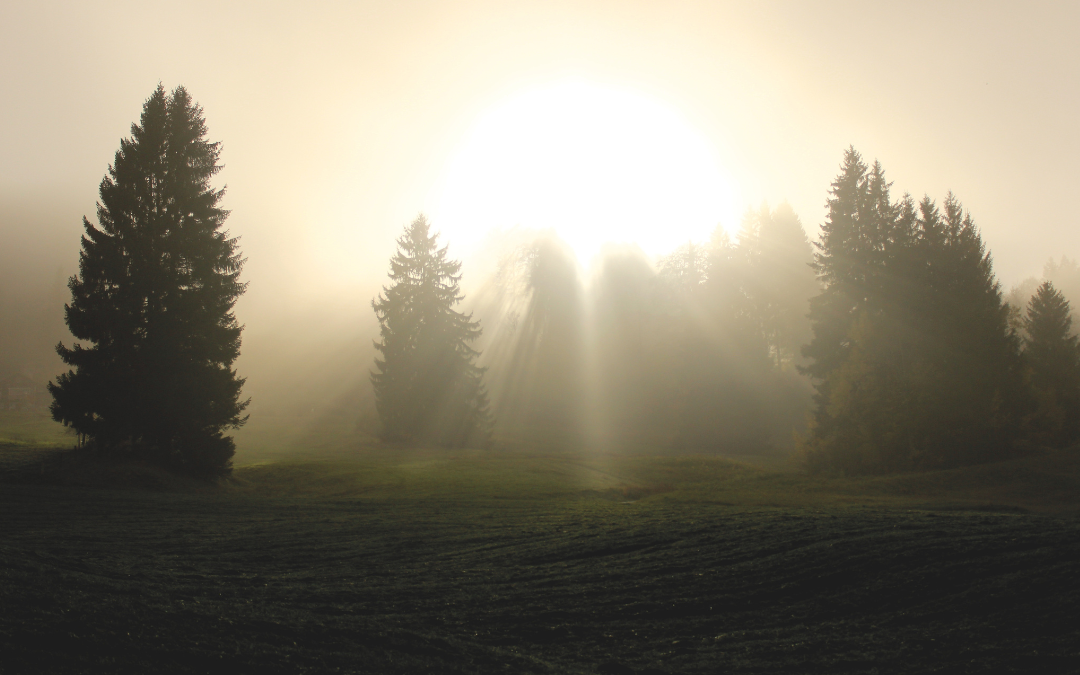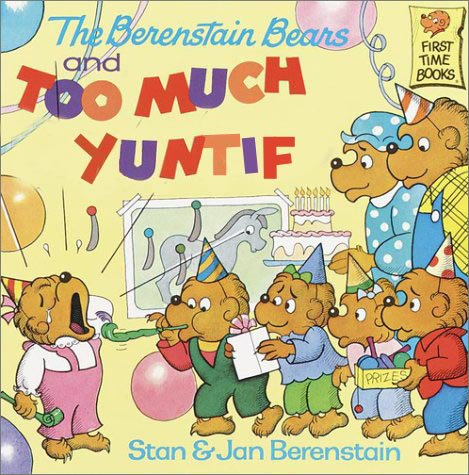Here’s a historical tidbit I love to recite: Benjamin Franklin was born in 1706. Rabbi Israel ben Eliezer, the founder of Hasidism better known as the Ba’al Shem Tov, was born eight years earlier, in 1698. Which is to say, Franklin and the Besht were contemporaries.
I often mention this factoid when I teach Hasidic texts because I think that, while they emerged in different political and cultural landscapes, at root, Hasidism responded to some similar questions as the Enlightenment and the nascent American democratic project. Most significantly, perhaps, was this: What could spiritual experience look like in a world in which power does not reside exclusively in a king or emperor, but is rather shared among all citizens? Put differently, how does our conception of and relationship to the divine, one another, and ourselves, change when we take seriously the idea that all people are created equal?
Hasidism didn’t have a monopoly on these questions, of course. All modern expressions of Judaism—and religion in general—have responded to them in one way or another. And, eventually, some strains of Hasidism took an anti-democratic turn, investing spiritual authority in a tzaddik or rebbe who was treated as something like a king.
But I think one of the reasons that so many American Jews have been drawn to Hasidic teachings over the last two generations is because we experience a profound resonance between this approach to Torah and our deeply held values of liberty and equality. When the Hasidic masters teach that every Jew is the bearer of a divine spark, and that each and every one of us can create a home for the divine Presence with this breath or this word or this action, we hear an evocation of Jefferson’s words that “all men are created equal.” We experience a Torah that invites and demands of us a set of democratic impulses—so much so that, intuitively, we extend the sentiment of the Declaration to all people, not only men, and such Torah to all human beings, not only Jews.
It’s not a simple thing, to live life this way. Being aware of our thoughts and emotions, mindful and skillful in how we speak and act, present in every moment, requires practice–as does sacrificing and sharing power the way we have to in a democracy. We constantly have to tread a line–of exercising our agency and making choices, and, when that becomes infeasible or exhausting, trusting institutions and leaders we authorize to make choices for us. Sometimes it can feel easier to outsource our agency—to a rebbe or a Tzaddik, to someone we view as powerful or a savior. And sometimes our need for belonging can lead us down an emotional road in which it feels better, at least for a moment, to be self-righteously angry and resentful at “them,” those “others” who we allow ourselves to perceive as making our lives worse.
But that is not our way. That’s a form of aversion, a way of turning away from deep and difficult truths—most fundamentally, the truth that our seeming separation is an illusion, that we are indeed all interconnected, all created in the divine image, all mutually responsible for one another, as Jews, as Americans, as beings who are human.
Of course, the Torah begins with this teaching: Human beings are created in the Divine image. And, of course, it doesn’t take long for us to lose our way, as we read in this week’s Torah portion: “The earth became corrupt before the Holy One; the earth was filled with lawlessness” (Gen. 6:11). While the commentators offer various interpretations, a consistent theme is that we human beings managed to lose our capacity for self-awareness and self-regulation. We forgot that we are not the centers of our own universes, and instead took people and property simply because we wanted to. We lost our internal sense of honor, and thus we could not honor the inherent dignity of God’s creations. In short, human beings became mindless.
What to do? The answer, after unleashing the forces of chaos upon the world, was to start over with the most basic awareness: Don’t shed blood. Stop killing each other. And then: learn to trust. “I now establish my brit, my covenant with you,” God tells Noah (Gen. 9:9). Rashi observes, “God said this because Noah feared to fulfill the duty of propagating the species until the Holy Blessed One promised to not destroy the world again.” How could Noah bring children into the world again? He had to learn to trust on the other side of intense, unprecedented trauma.
There are lessons here that apply to individuals as much as nations: What does it take to trust after destruction and devastation? What does it take to live mindfully, lovingly, as a home for the Divine presence, when the storm feels like it’s approaching, when the earth beneath our feet feels like it’s turning to mud on the way to being covered in water altogether? These are some dark questions–terrifying questions we may not want to ask. And yet the story of Noah demands that we confront them.
A classic Hasidic teaching on Noah finds meaning in the fact that the word for ark in Hebrew, teivah, also means word. Thus when Noah’s family and the animals enter the ark, they enter into language in its most reduced and elemental form. As the earth unravels, so too does language. And, as the earth is renewed, language too is renewed. But during the storm, I imagine there may have been long periods of silence, or wordless niggunim, inside the ark.
In a letter to John Adams in December 1818, following the death of Abigail, Adams’s wife and partner (Adams’s word) of 50 years, Thomas Jefferson wrote, “I know well, and feel what you have lost, what you have suffered, are suffering, and have yet to endure. The same trials have taught me that, for ills so immeasurable, time and silence are the only medicines.” Around the same time, Rebbe Nachman of Bratslav taught that “Silence is a hedge for wisdom… Like Shabbat, it is above speech, the root of speech, and the remedy for speech” (Likkutei Halachot Shabbat 7:43:6).
As we head into these final days of the election and enter what is likely to be a difficult post-election season, I find that my practice is more important than ever–and I imagine that may be true for you. Our language feels like it’s being tested to its limits, and nourishing silence or wordless song feels like a refuge. And perhaps that’s precisely what we need to heal and renew ourselves, as individuals and as a society–fewer and better words, deeper and richer shared silences, longer and more beautiful shared songs. May it be so; may we make it so.






